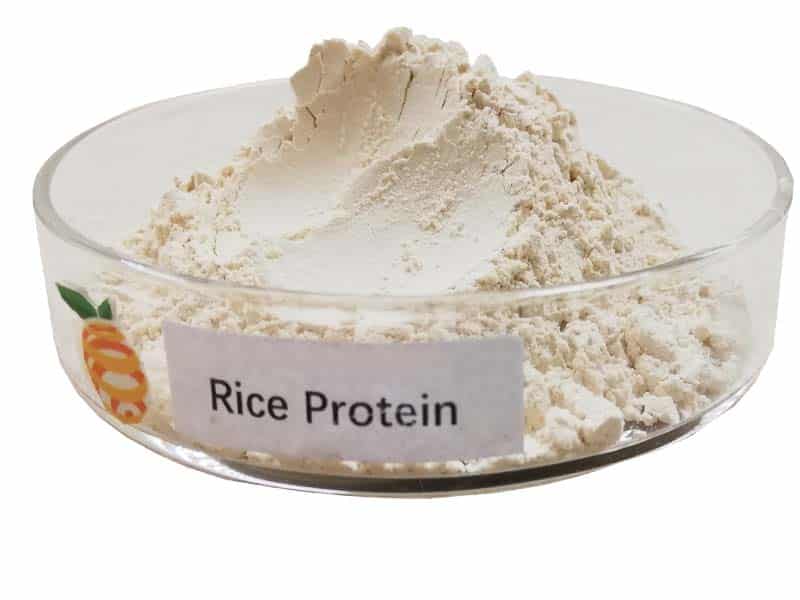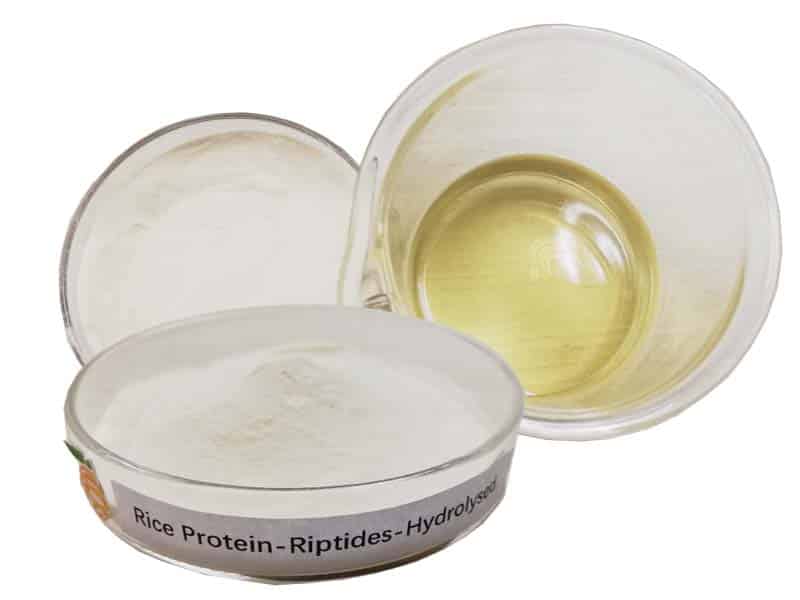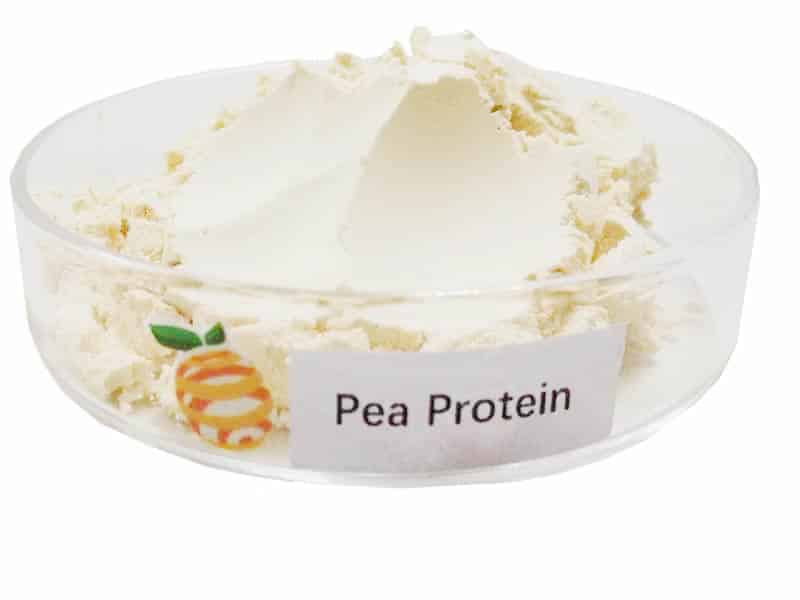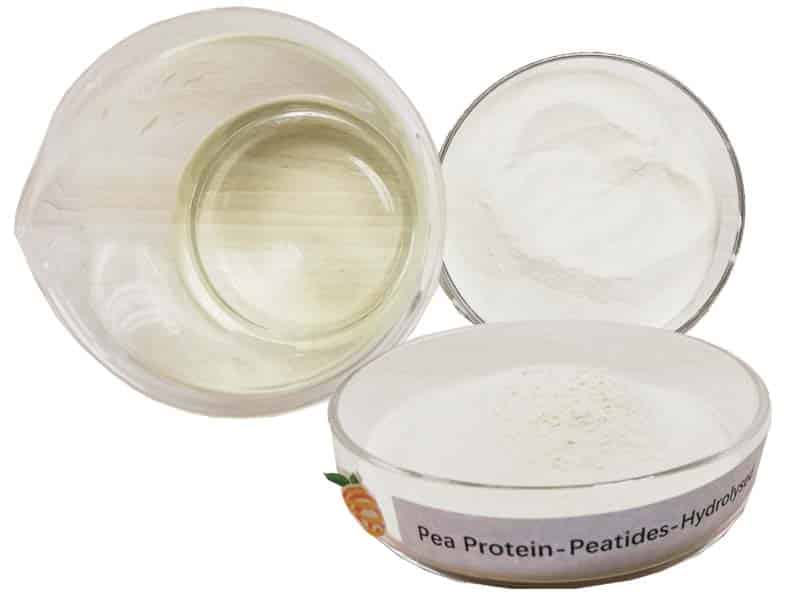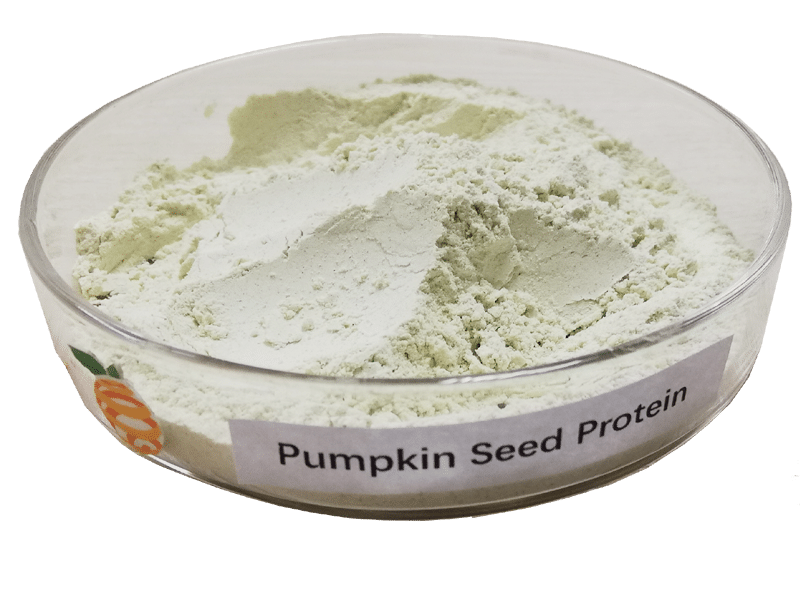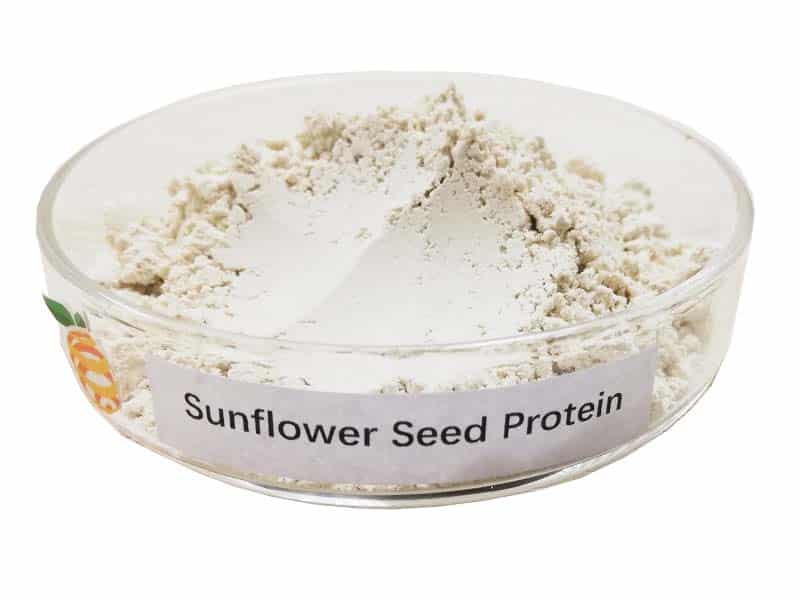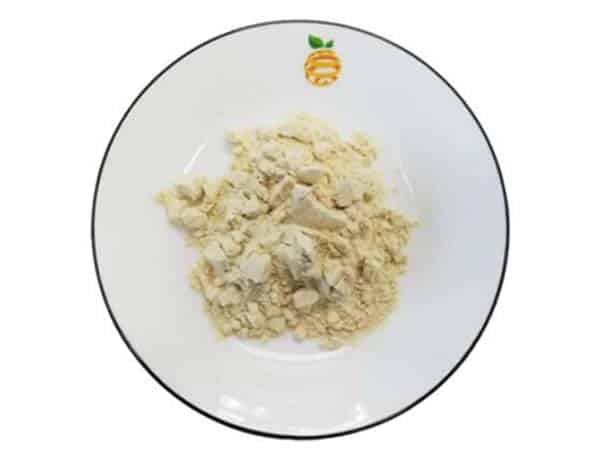Reduced Glutathione vs Oxidized Glutathione: Key Differences
-
Table of Contents
Reduced Glutathione vs Oxidized Glutathione: Key Differences
Glutathione, often referred to as the master antioxidant, plays a crucial role in maintaining cellular health and overall well-being. It exists in two forms within the body: reduced glutathione (GSH) and oxidized glutathione (GSSG). Understanding the differences between these two forms is essential for comprehending how they contribute to antioxidant defense and detoxification processes.
Introduction to Glutathione
Before delving into the specifics of reduced and oxidized glutathione, it’s important to establish a basic understanding of what glutathione is and why it’s vital for health. Glutathione is a tripeptide, consisting of three amino acids: glutamine, cysteine, and glycine. This compound is found in every cell of the human body, with particularly high concentrations in the liver, kidneys, and immune system.
What is Reduced Glutathione (GSH)?
Reduced glutathione, or GSH, is the active form of glutathione that acts as an antioxidant. It is capable of donating electrons to stabilize free radicals, thereby preventing cellular damage. The key characteristics of GSH include:
- Direct involvement in the neutralization of free radicals and reactive oxygen species (ROS).
- Regeneration of other antioxidants such as vitamins C and E back to their active states.
- Detoxification of harmful substances by conjugation reactions.
- Essential for the immune system’s optimal functioning by influencing lymphocyte function.
What is Oxidized Glutathione (GSSG)?
Oxidized glutathione, or GSSG, is the form that glutathione takes once it has donated electrons and becomes itself oxidized. Two GSH molecules link together to form a disulfide bond, resulting in GSSG. The primary aspects of GSSG include:
- Formation as a byproduct of GSH activity after neutralizing free radicals.
- Ability to be recycled back into GSH by the enzyme glutathione reductase, using NADPH as a reducing agent.
- Serving as an indicator of oxidative stress within cells; a high GSSG to GSH ratio suggests increased oxidative stress.
Comparative Analysis: GSH vs GSSG
Understanding the functional differences between GSH and GSSG is crucial for appreciating how the body manages oxidative stress and maintains redox balance. Here are the key distinctions:
- Role in Antioxidant Defense: GSH acts directly as a scavenger of free radicals, whereas GSSG results from this scavenging activity and must be reduced back to GSH to continue the antioxidant defense.
- Concentration in Cells: Healthy cells typically maintain a higher ratio of GSH to GSSG, often about 90% GSH and 10% GSSG or better, which is crucial for optimal cellular function.
- Implications for Health: An increased GSSG to GSH ratio is often associated with disease states or conditions characterized by oxidative stress, including cancer, neurodegenerative diseases, and cardiovascular diseases.
Importance in Health and Disease
The balance between GSH and GSSG is a critical indicator of cellular health and oxidative stress. Enhancing GSH levels through diet, lifestyle, and supplementation can help maintain this balance, potentially reducing the risk of chronic diseases. Foods rich in sulfur-containing amino acids, such as garlic, onions, and cruciferous vegetables, can boost glutathione levels. Additionally, lifestyle factors such as adequate sleep, exercise, and avoiding excessive alcohol intake also play a role in maintaining optimal GSH levels.
Conclusion
In summary, reduced glutathione (GSH) and oxidized glutathione (GSSG) are two forms of the same molecule that play crucial roles in maintaining redox balance and overall health. The ratio of GSH to GSSG can serve as a valuable biomarker for oxidative stress and help guide interventions aimed at reducing risk factors for various diseases. By understanding and manipulating this balance, individuals can potentially enhance their health and longevity.
Explore ETprotein’s Protein Products
For those interested in optimizing health and nutrition, ETprotein offers a range of high-quality protein products that can support your dietary needs. Their extensive selection includes organic and allergen-free options, ideal for enhancing your nutritional intake and supporting overall health.
ETprotein is Oxidized glutathione Factory Manufacturer and Supplier in China, Check further information by visiting the Oxidized glutathione Product Page
Oxidized glutathione Product Page
Request Quotation and Samples of Oxidized glutathione from ETprotein
About ETprotein
ETprotein, a reputable protein and elite nutrition ingredients Oxidized glutathione Chinese factory manufacturer and supplier, is renowned for producing, stocking, exporting, and delivering the highest quality organic bulk vegan proteins and elite nutritional ingredients Oxidized glutathione. They include Organic rice protein, clear rice protein, pea protein, clear pea protein, watermelon seed protein, pumpkin seed protein, sunflower seed protein, mung bean protein, peanut protein. Their offerings, characterized by a neutral taste, non-GMO, allergen-free attributes, cater to a diverse range of industries. They serve nutraceutical, pharmaceutical, cosmeceutical, veterinary, as well as food and beverage finished product distributors, traders, and manufacturers across Europe, USA, Canada, Australia, Thailand, Japan, Korea, Brazil, and Chile, among others.
ETprotein specialization includes exporting and delivering tailor-made protein powder and finished nutritional supplements. Their extensive product range covers sectors like Food and Beverage, Sports Nutrition, Weight Management, Dietary Supplements, Health and Wellness Products, and Infant Formula, ensuring comprehensive solutions to meet all your protein needs.
As a trusted company by leading global food and beverage brands and Fortune 500 companies, ETprotein reinforces China’s reputation in the global arena. For more information or to sample their products, please contact them and email sales(at)ETprotein.com today.

